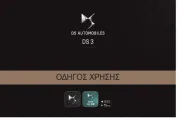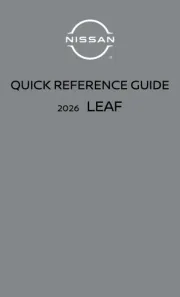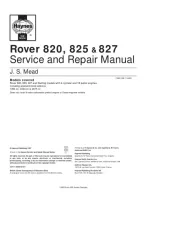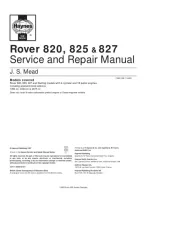Mazda B-Series (2009) Manual
Læs gratis den danske manual til Mazda B-Series (2009) (107 sider) i kategorien var. Denne vejledning er vurderet som hjælpsom af 22 personer og har en gennemsnitlig bedømmelse på 4.3 stjerner ud af 11.5 anmeldelser.
Har du et spørgsmål om Mazda B-Series (2009), eller vil du spørge andre brugere om produktet?

Produkt Specifikationer
| Mærke: | Mazda |
| Kategori: | var |
| Model: | B-Series (2009) |
Har du brug for hjælp?
Hvis du har brug for hjælp til Mazda B-Series (2009) stil et spørgsmål nedenfor, og andre brugere vil svare dig
var Mazda Manualer
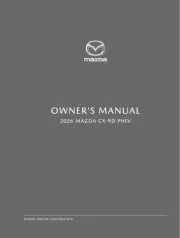
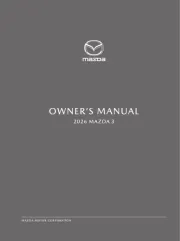
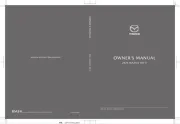
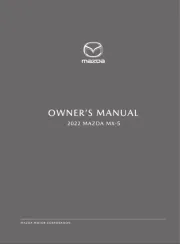
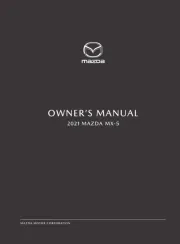
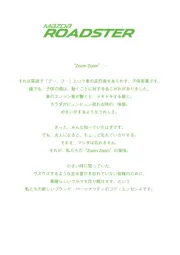
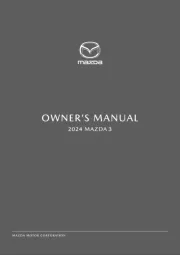
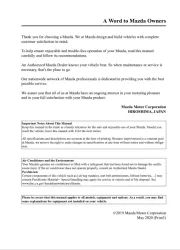
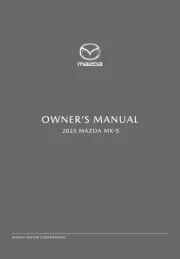
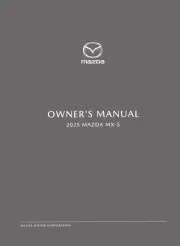
var Manualer
Nyeste var Manualer

